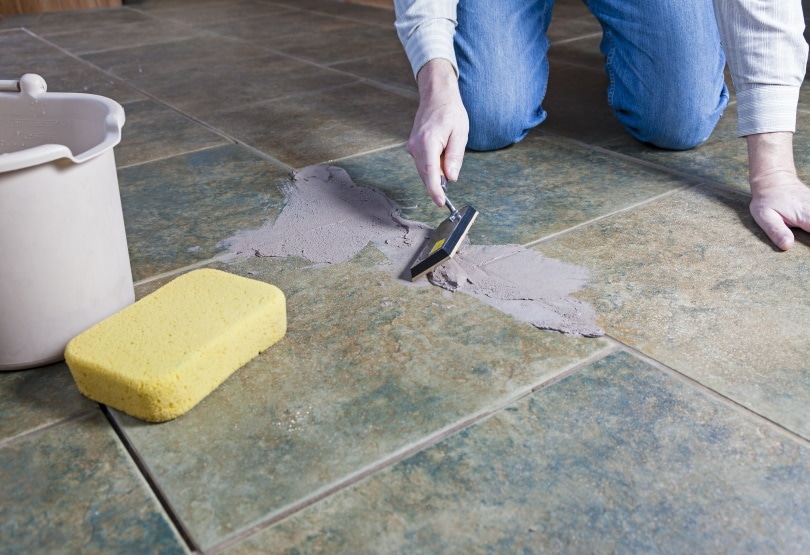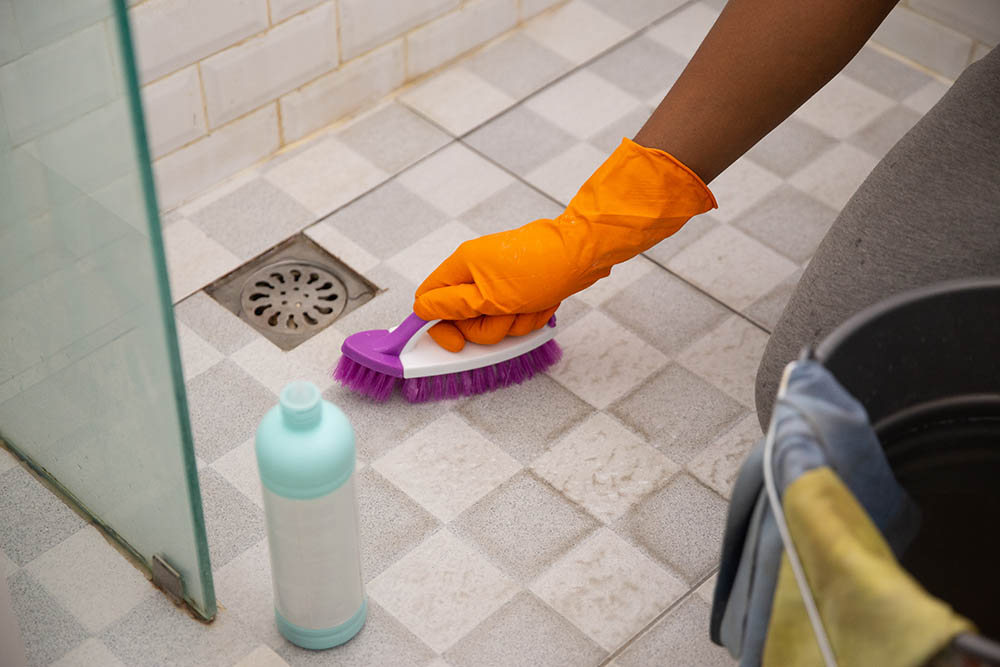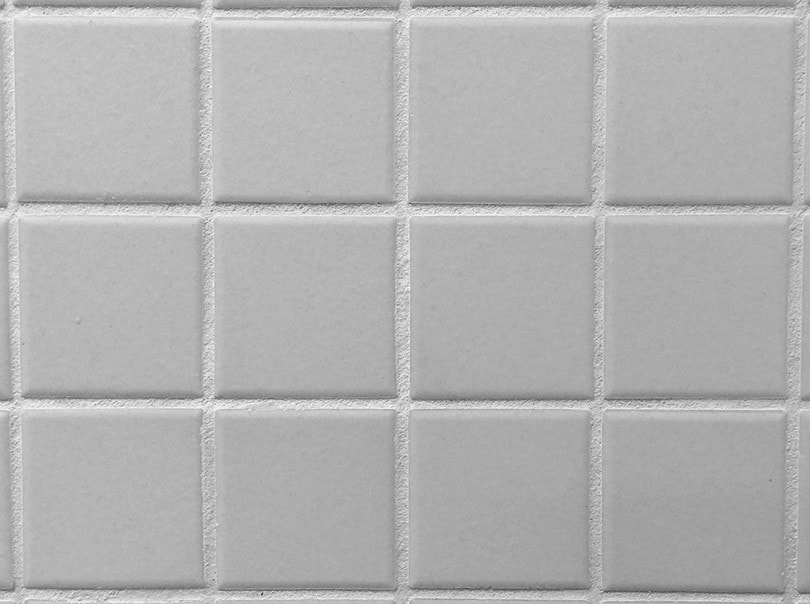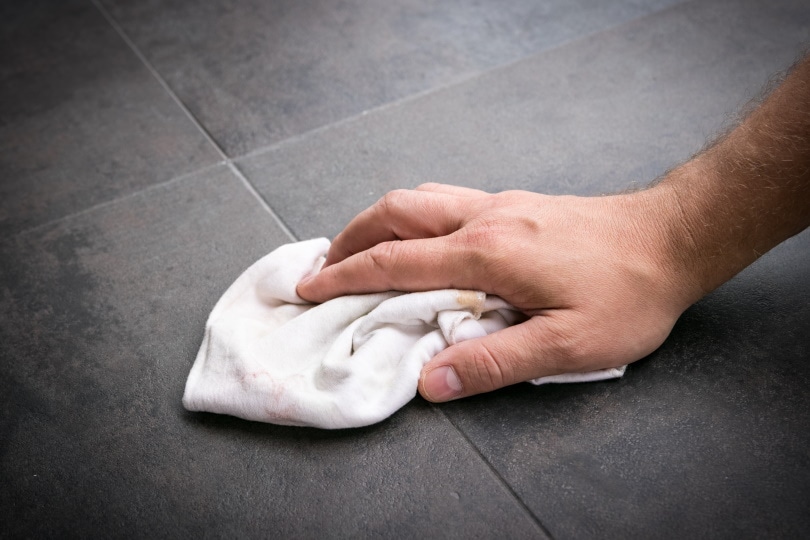What Happens If You Grout Tile Too Soon? Tips, Factors, Risks & FAQ
-
Pete Ortiz
- Last updated:

Tiles are smooth and waterproof, and they introduce colorful and highly decorative elements to the floor, walls, ceilings, and even outdoors. They have been part of building architecture since the 4th century BC.
However, obtaining a long-lasting impeccable tiled surface is more than laying tiles; it requires grouting too. Grouting is filling joints between tiles with grout to strengthen tiles and flatten ugly joints. Knowing precisely when to grout freshly tiled floors is the difference between ultimate failure and excellent results. It is advisable to wait for 24 hours or more before grouting your newly installed tile.
The 3 Things That Happen When You Grout Prematurely
1. Weak Joints Between Tiles
Adding grout before the thin-set mortar has completely set may cause tiles to crack or pop loose from the wall or floor, resulting in weak joints and, eventually, hollow splits or gaps in the grout lines.
As a result, moisture from grout may penetrate easily through the gaps loosening the adhesive (thin-set). With a little force, the tile will pop loose.

2. Cracks and Crumbles
Grouting too soon also increases the chances of tiles crumbling, forcing you to retile.
3. Mildew and Mold Growth
Molds grow on surfaces exposed to moisture indoors and outdoors. They can grow in minute gaps between tiles and emit a foul smell. Accelerating their growth is premature grouting, which traps moisture between tiny tile crannies.

How Long Should You Wait Before Grouting?
It’s advisable to wait for 24 hours or more before grouting your newly installed tile. Given the tile surface is clean and free of debris between tile seams, you can leave the mortar to dry for as long as you deem fit. If you aren’t sure if the mortar has completely cured, it’s wise to wait longer.
Sometimes homeowners gauge the condition of the tiles by looking at how dry the adhesive is. Yes, the adhesive between tile joints may be dry but remember, edges receive much more air than other parts. So, don’t be fooled by visual characteristics. It won’t hurt to wait 1 or 2 days rather than deal with failed results.
The curing process, however, doesn’t necessarily follow a specific set schedule. Changes in temperature, air, and humidity can also affect the curing time.
Temperature
Tile curing takes longer to set in cold temperatures than in warm weather. While grout can be installed in temperatures as low as 35⁰F, this will increase drying time to up to 4 days. It’s, therefore, recommended to keep temperatures between 40⁰F and 100⁰F during installation. And if the grout is installed on a site where there’s no heating system installed, a space heater will provide the required warmth.

Airflow
Mortar dries naturally, depending on the airflow. Leave the door open or fan on to accelerate drying.
In windy areas, tiles set outside will be ready for grouting overnight. Wait a little bit longer or fan in the air to speed up curing indoors. But, in exterior situations, protect the tiles from speedy evaporation in windy regions such as Florida to prevent cracking. Cover the surface with cement bags or water more often.
Humidity
Moisture in the air also affects the curing process. High humidity causes no harm to tile-setting products, including grout and thin-set mortar. In low-humidity areas, mist and cover tiles with plastic to retain moisture.
Unfortunately, humidity reduces curing time, subsequently lengthening the grouting waiting time.
Can You Walk on Freshly Laid Tiles?
Tile setting is a fragile task that requires little disturbance in the first 24 hours. Walking on a just tile floor will disturb the installation. Tiles will either slide from their original position or crack due to uneven application of pressure.
Also, any sort of tile movement after grouting equals cracked joints and inevitable failure. As a general rule of thumb, leave the surface undisturbed after tiling for 24 hours, and do the same after grouting.
If you are grouting corridors, kitchens, or other high-traffic areas, direct foot traffic to another area or create a makeshift “bridge” over the surface.
How Can I Speed Up the Grout Drying Process?
It counts a lot to get your project moving extremely fast. But given that grout dries out through a slow chemical reaction, there’s little you can do to speed up things. But little does not mean nothing!
- Remove plants from the room. Plants release water vapor. Allowing them near the grout surface will decrease drying time.
- Use a fan to distribute air across the walls or floor evenly. Fanning air in the room also evenly distributes heat which results in uniform drying.
- Turn on a dehumidifier or air conditioner to maintain dry air. The lesser the moisture in the atmosphere, the faster the grout dries up, thanks to a humidifier’s moisture-sucking abilities.
- Protect outdoor surfaces. The outdoors are exposed to snow and rain. Protect the grout surface by covering it with a waterproof sheet.

How Do You Grout a Tiled Surface?
We have discussed why you shouldn’t grout too soon and explained what we mean by too soon, but here are a few grouting tips:
- Clean the surface with a brush and remove any debris
- Mix the grout with water to form a paste
- Spread the grout in between joints using a float. Move the float horizontally, vertically, or diagonally to force the paste into tiny spaces.
- Squeegee off excess grout using a mason’s squeegee
- Clean the surface with a damp sponge
In Conclusion
Grouting fills the gaps between tile joints and leaves behind spectacular surfaces. It also smoothens the floor and strengthens the tiles. Perfect timing is essential in the curing and grouting process. Wait for at least 24 hours before grouting freshly tiled surfaces. You can wait for up to 72 hours if the tiles are in humid and cold conditions with poor airflow, such as bathrooms or basements. Remember, the longer you wait, the better.
- https://www.traditionalbuilding.com/product-report/ceramic-tile-history
- https://www.tileshop.com/resources/how-to-lay-tile
- https://www.bobvila.com/articles/how-to-kill-mold/
- https://peppershomeandgarden.com/how-long-tile-set-before-grouting/#:~:text=Remember%2C%20there’s%20no%20harm%20in,from%20the%20floor%20or%20wall.
- https://www.homeoftile.com/grouting-after-tiling/
Featured Image Credit: Alexey Stiop, Shutterstock
Contents


